Home>Furniture>Living Room Furniture>How To Paint A Coffee Table Black
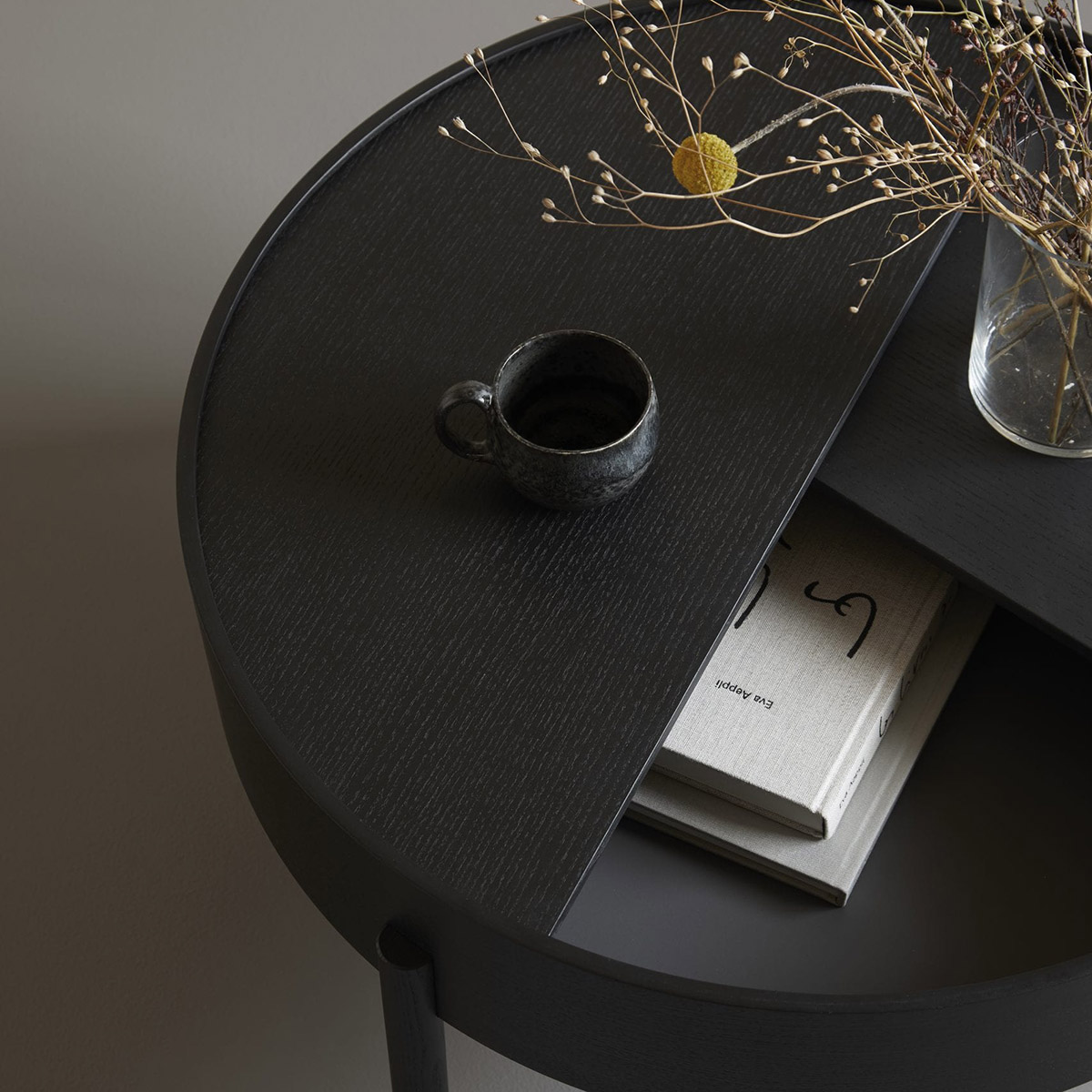

Living Room Furniture
How To Paint A Coffee Table Black
Modified: March 16, 2024
Learn how to paint a coffee table black to add a modern touch to your living room furniture. Step-by-step guide and expert tips for a flawless finish.
(Many of the links in this article redirect to a specific reviewed product. Your purchase of these products through affiliate links helps to generate commission for Storables.com, at no extra cost. Learn more)
Introduction
Are you tired of the same old look of your coffee table and looking to give it a fresh, modern touch? Painting your coffee table black can be a fantastic way to transform its appearance and add a bold statement to your living room. Whether you have a wooden, glass, or metal coffee table, painting it black can create a sleek and sophisticated look that complements various interior design styles.
In this article, we will guide you through the step-by-step process of painting a coffee table black. We’ll cover everything from preparing the table for painting to choosing the right paint and tools, applying the base coat and black paint, and finally, sealing and protecting your newly painted coffee table. So, grab your painting gear and let’s get started on this exciting DIY project!
Key Takeaways:
- Transform your coffee table into a sleek, modern centerpiece by painting it black. Follow the step-by-step process to achieve a professional finish and elevate the aesthetics of your living room.
- Maintain the beauty of your black-painted coffee table by regular dusting, immediate spill clean-up, and using coasters. Protect it from damage and preserve its stunning appearance for years to come.
Read more: How To Paint A Coffee Table With Chalk Paint
Steps to Prepare the Coffee Table for Painting
Before diving into the painting process, it’s essential to prepare your coffee table to ensure the best results. Follow these steps to properly prepare the table:
- Clean the surface: Start by thoroughly cleaning the coffee table to remove any dust, dirt, or grease. Wipe down the entire surface with a damp cloth and mild detergent. Be sure to dry it completely before moving on to the next step.
- Sand the table: If your coffee table has a glossy or varnished finish, use sandpaper to roughen up the surface. This will create a better bond between the paint and the table. Use a medium-grit sandpaper and sand in the direction of the wood grain or in even strokes for glass or metal tables.
- Repair any damages: Inspect the coffee table for any scratches, dents, or imperfections. Fill in any holes or gouges with wood filler for wooden tables, or use appropriate filler materials for other materials. Once the filler is dry, sand it down until it is smooth and even with the surrounding surface.
- Give it a final clean: After sanding and repairing, give the table another wipe down to remove any dust or debris created during the process. Ensure that the surface is clean and smooth before proceeding to the next steps.
By following these preparatory steps, you will create a solid foundation for the paint to adhere to, resulting in a professional-looking finish.
Choosing the Right Paint and Tools
When it comes to painting your coffee table black, selecting the right paint and tools is crucial for achieving a smooth and durable finish. Here are some factors to consider:
- Type of paint: For wooden coffee tables, consider using a high-quality latex or acrylic paint with a semi-gloss or satin finish. These types of paint are durable, easy to clean, and provide a smooth finish. If you have a glass or metal coffee table, look for paints specifically formulated for those surfaces.
- Color and sheen: While the main focus is on painting your coffee table black, you may want to consider different undertones or shades of black. For example, you can choose a true black for a bold and modern look, or opt for a slightly warmer black with hints of brown or charcoal. Additionally, consider the sheen level of the paint. A semi-gloss or satin finish will provide a bit of shine without being too reflective.
- Tools: Gather the necessary tools for painting, including brushes, rollers, painter’s tape, drop cloths or old newspapers, and a paint tray. For wooden tables, use a high-quality synthetic bristle brush or a foam roller for a smooth application. Glass or metal tables may require specialty brushes or spray paint for even coverage.
When purchasing your paint and tools, consult with the experts at your local home improvement store. They can recommend the best paint brands and finishes based on the material of your coffee table and your desired outcome.
Take the time to choose the right paint and tools, as this will greatly impact the final look and longevity of your black painted coffee table.
Applying the Base Coat
Before applying the black paint to your coffee table, it’s important to apply a base coat. The base coat helps to create a smooth and consistent surface for the black paint to adhere to, ensuring better coverage and durability. Here’s how you can apply the base coat:
- Prime the table: If you are painting a wooden coffee table, start by applying a coat of primer. Primer helps seal the surface, enhances paint adhesion, and prevents stains or bleed-through. Use a brush or roller to apply an even layer of primer, following the manufacturer’s instructions.
- Smooth out the surface: After the primer has dried, lightly sand the table again with a fine-grit sandpaper. This step will help remove any imperfections or brush strokes, leaving you with a smoother surface for the base coat.
- Apply the base coat: Once the table is sanded, it’s time to apply the base coat. Use a brush or roller to evenly apply the base coat paint. Work in small sections, applying thin, even layers. Make sure to follow the grain of the wood or the surface texture for glass or metal tables.
- Allow drying time: After applying the base coat, allow it to dry according to the manufacturer’s instructions. This typically takes a few hours, but it’s best to wait overnight for optimal drying. Ensure the base coat is completely dry before moving on to the next step.
The base coat helps to create a solid foundation for the black paint, allowing it to adhere properly and ensuring a more professional-looking finish. Once the base coat is dry, you’re ready to move on to the exciting step of applying the black paint to your coffee table!
Before painting a coffee table black, make sure to sand the surface to create a smooth base. Use a primer to help the paint adhere better, and apply thin, even coats of black paint for a professional finish.
Applying the Black Paint
Now that you have prepared the coffee table with a base coat, it’s time to apply the black paint. This step will transform your table and give it a sleek, modern look. Follow these steps to achieve a professional finish:
- Stir the paint: Start by thoroughly stirring the black paint to ensure it is well-mixed. This will help distribute the color evenly throughout the can.
- Use a brush or roller: Depending on the size and shape of your coffee table, decide whether to use a brush or roller. A brush allows for more control and precision, while a roller is efficient for covering larger surfaces quickly. Use even strokes and apply the paint in thin, overlapping layers, following the grain of the wood or the surface texture for glass or metal tables.
- Work in sections: Divide the coffee table into manageable sections and paint one section at a time. This ensures that you can work efficiently and maintain a wet edge for a seamless finish. Take your time and apply the black paint evenly and smoothly.
- Allow drying time: Once you have applied the black paint, allow it to dry according to the manufacturer’s instructions. Drying times may vary depending on the type of paint and the environmental conditions. It’s important to be patient and not rush the drying process to avoid any smudges or marks.
- Apply additional coats if needed: Depending on your desired level of coverage, you may need to apply additional coats of black paint. Allow each coat to dry completely before applying the next one. This will help achieve a rich, deep black color and a smooth, flawless finish.
By following these steps, you will be able to apply the black paint to your coffee table effectively, giving it a dramatic and stylish look that will elevate the overall aesthetics of your living room.
Read more: How To Paint A Dining Table Black
Sealing and Protecting the Painted Coffee Table
After applying the black paint, it’s important to seal and protect your newly painted coffee table. This step will enhance the durability and longevity of the paint, ensuring that it withstands regular use and stays looking beautiful. Follow these steps to properly seal and protect your painted coffee table:
- Choose a protective finish: Select a clear, protective finish that is appropriate for the type of paint you used. For example, if you used latex or acrylic paint, a water-based polyurethane or clear acrylic sealer is recommended. For glass or metal tables, look for sealers specifically formulated for those surfaces.
- Apply the sealant: Using a clean brush or roller, apply a thin, even layer of the protective finish to the entire surface of the coffee table. Work in small sections, ensuring complete coverage. Be careful to follow the manufacturer’s instructions regarding application techniques and drying times.
- Allow drying and curing time: Once the first coat of sealant is applied, allow it to dry and cure according to the manufacturer’s instructions. This may take a few hours or even a couple of days, depending on the product. Avoid placing any objects on the table or using it until the sealant is fully dried and cured.
- Apply additional coats if desired: For added protection and a more robust finish, you can apply additional coats of sealant. Make sure to follow the recommended drying times between each coat. The number of coats needed will depend on the level of protection you desire and the manufacturer’s recommendations.
- Use coasters and protective measures: Even with a sealed and protected coffee table, it’s important to use coasters, placemats, or trays to prevent direct contact with hot or wet objects. This will help maintain the integrity of the paint and prevent any potential damage or staining.
By sealing and protecting your painted coffee table, you will ensure that it stays looking vibrant and beautiful for years to come, withstanding the rigors of daily use.
Tips for Maintaining a Black Painted Coffee Table
Now that you have successfully painted and sealed your coffee table with a sleek black finish, it’s important to know how to properly maintain it. By following these tips, you can keep your black painted coffee table looking pristine and preserve its beauty:
- Regular dusting: Dust your coffee table regularly using a soft, lint-free cloth or a feather duster to remove any surface dust or debris. This simple step will help keep your table looking clean and free from scratches caused by abrasive particles.
- Wipe up spills immediately: Accidents happen, but it’s important to wipe up any spills or stains on your coffee table as soon as they occur. Use a clean, damp cloth to gently blot the affected area. Avoid scrubbing or rubbing, as this can damage the paint or the protective sealant.
- Avoid harsh chemicals: When cleaning your coffee table, avoid using harsh chemicals or abrasive cleaners. These can strip away the protective sealant and damage the paint. Instead, opt for mild dish soap diluted in water or specialized furniture cleaners that are safe for painted surfaces.
- Use coasters and trivets: To protect the surface of your black painted coffee table from heat or moisture, always use coasters for cups and mugs and trivets for hot dishes or pots. This will prevent any potential heat or moisture damage that could affect the paint or the protective sealant.
- Avoid sharp objects: Be cautious when placing or moving sharp or rough objects on your coffee table. These can inadvertently scratch or chip the paint. Use felt pads or mats underneath objects to provide a buffer and prevent any potential damage.
- Regularly inspect and touch up: Over time, your black painted coffee table may experience minor chips or scratches. Regularly inspect the table and touch up any imperfections with a small brush and matching black paint. This will help maintain a seamless and flawless appearance.
By following these tips and incorporating them into your cleaning and maintenance routine, you can keep your black painted coffee table looking stunning and protect its longevity.
Conclusion
Congratulations! You have successfully transformed your coffee table into a stylish centerpiece by painting it black. This DIY project has allowed you to give your living room a fresh and modern update without breaking the bank. By following the steps outlined in this article, you have learned how to prepare the table, choose the right paint and tools, apply the base coat, and achieve a flawless black paint finish.
The black-painted coffee table adds a sophisticated and timeless touch to your living space, creating a focal point and complementing various interior design styles. It brings a sense of elegance and depth to your room, enhancing its overall aesthetics and making it a conversation starter.
Remember to protect and maintain your black painted coffee table by regularly cleaning it, using coasters and trivets, and avoiding harsh chemicals. By following these simple tips, you can ensure that your coffee table remains in pristine condition for years to come.
Now, sit back, relax, and enjoy your transformed black painted coffee table! Take pride in knowing that you accomplished this DIY project and created a stunning piece that reflects your personal style and adds personality to your living room. Cheers to your newfound design prowess and the beauty you have brought into your home!
Frequently Asked Questions about How To Paint A Coffee Table Black
Was this page helpful?
At Storables.com, we guarantee accurate and reliable information. Our content, validated by Expert Board Contributors, is crafted following stringent Editorial Policies. We're committed to providing you with well-researched, expert-backed insights for all your informational needs.
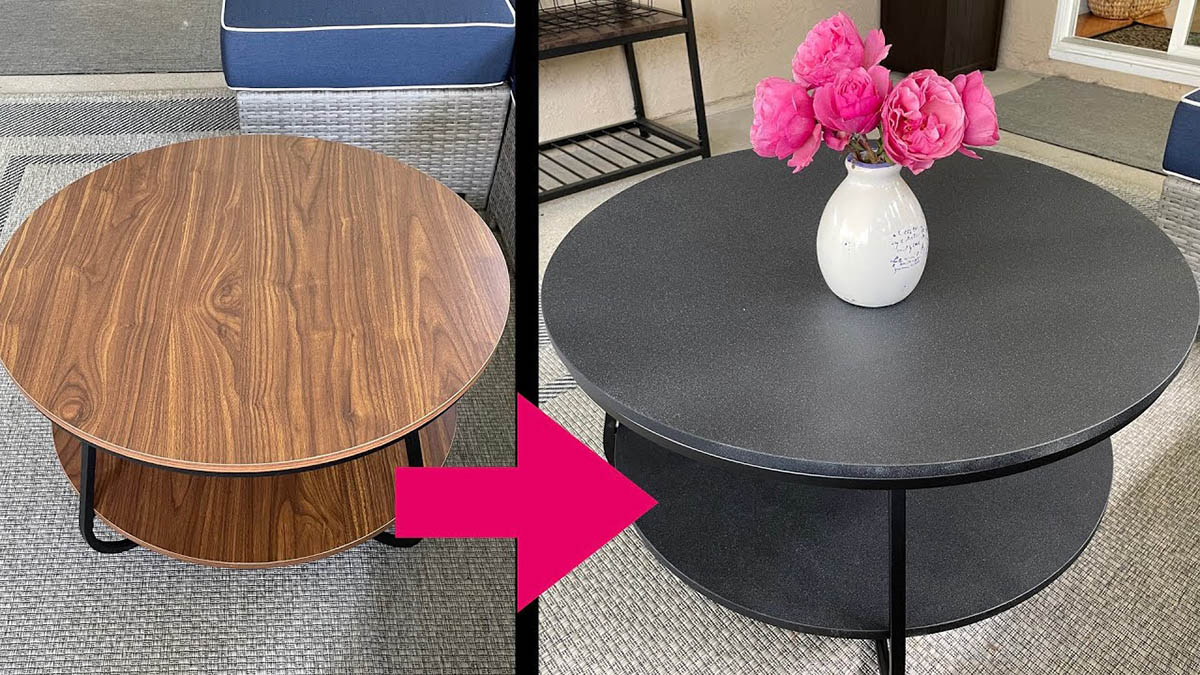
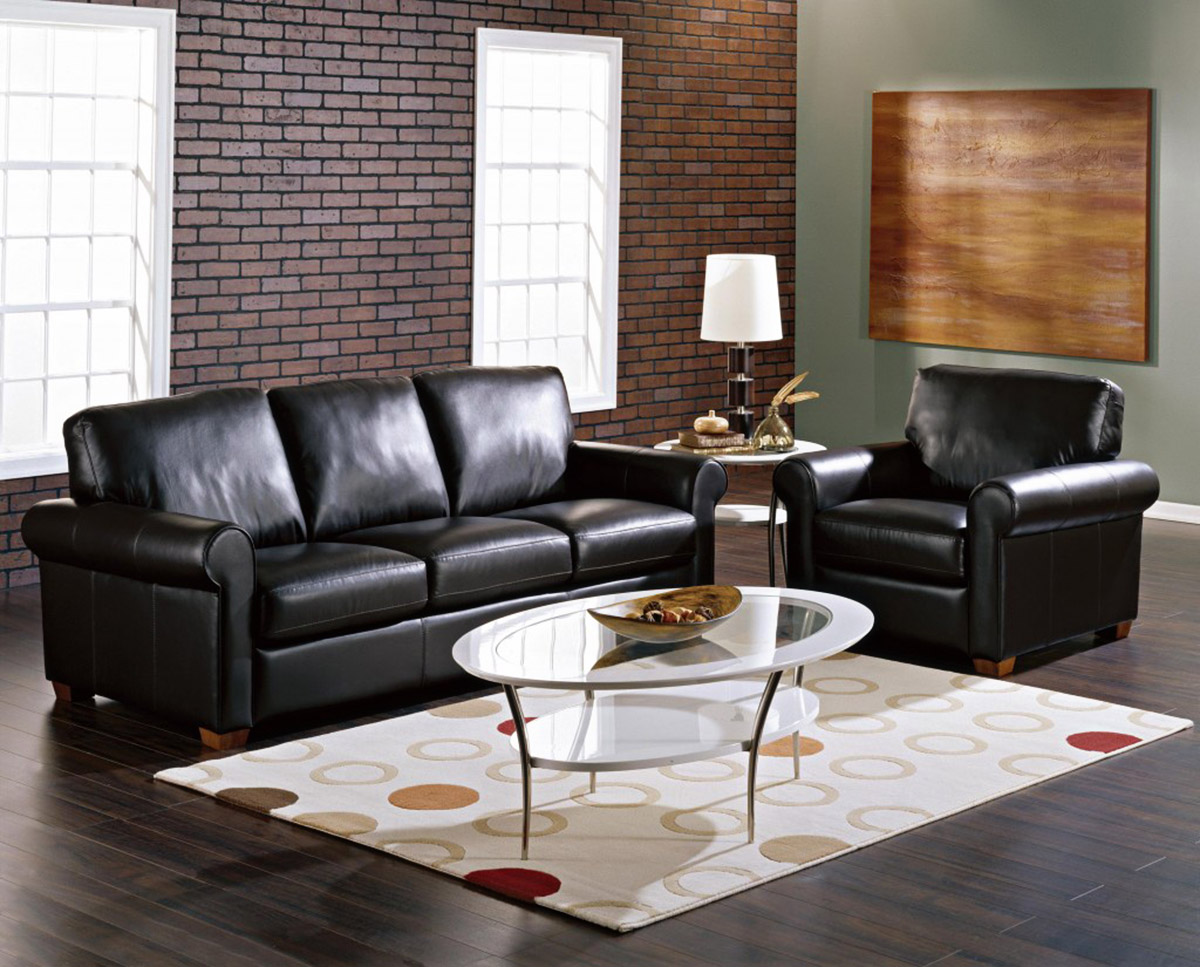
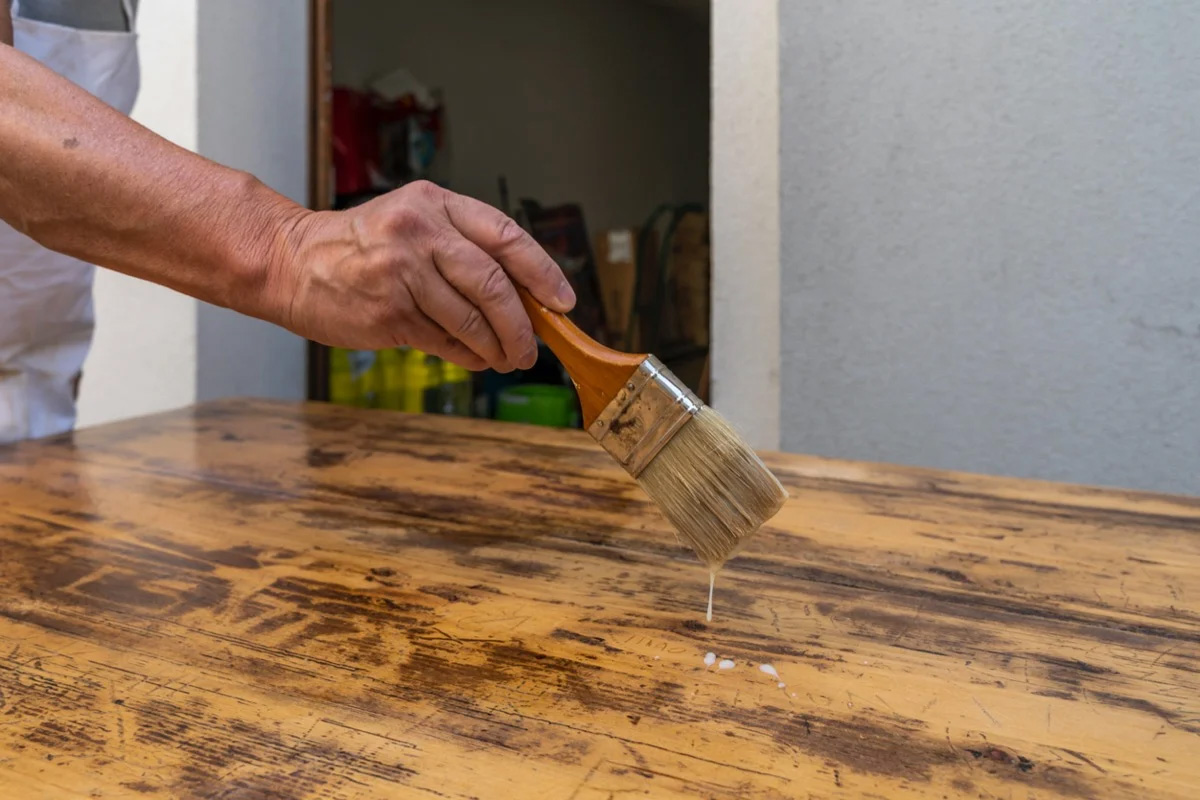
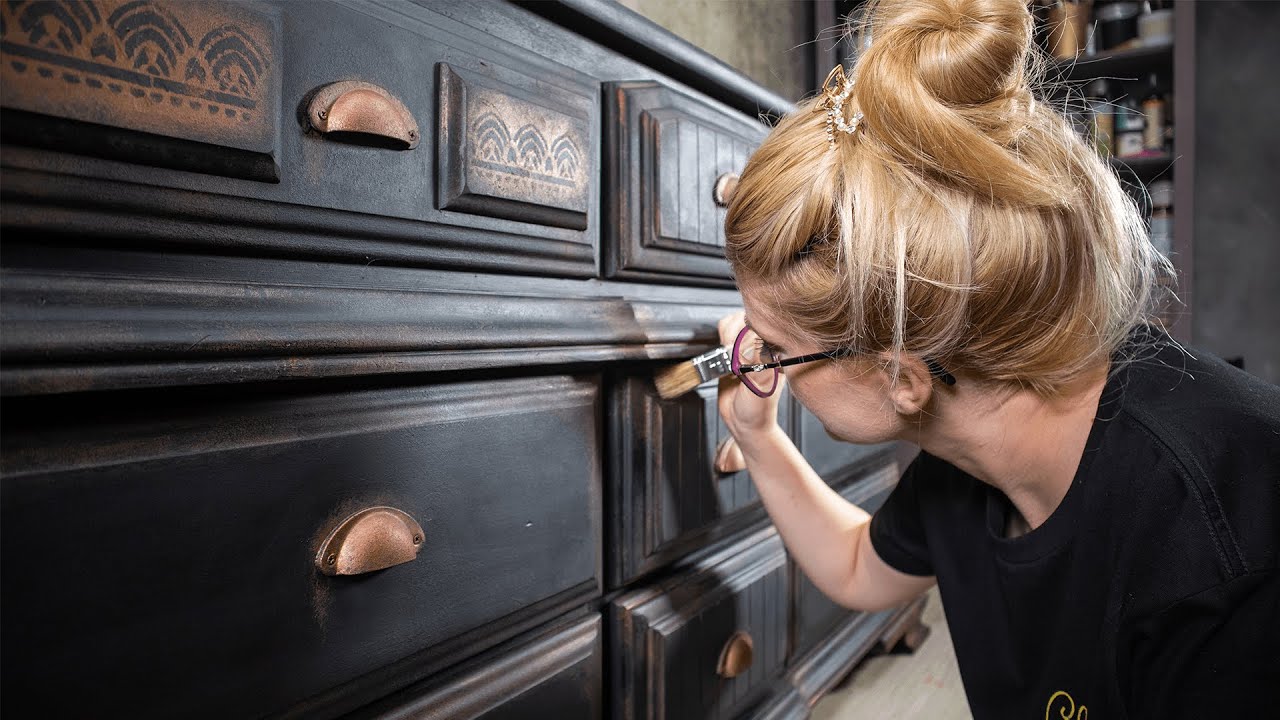
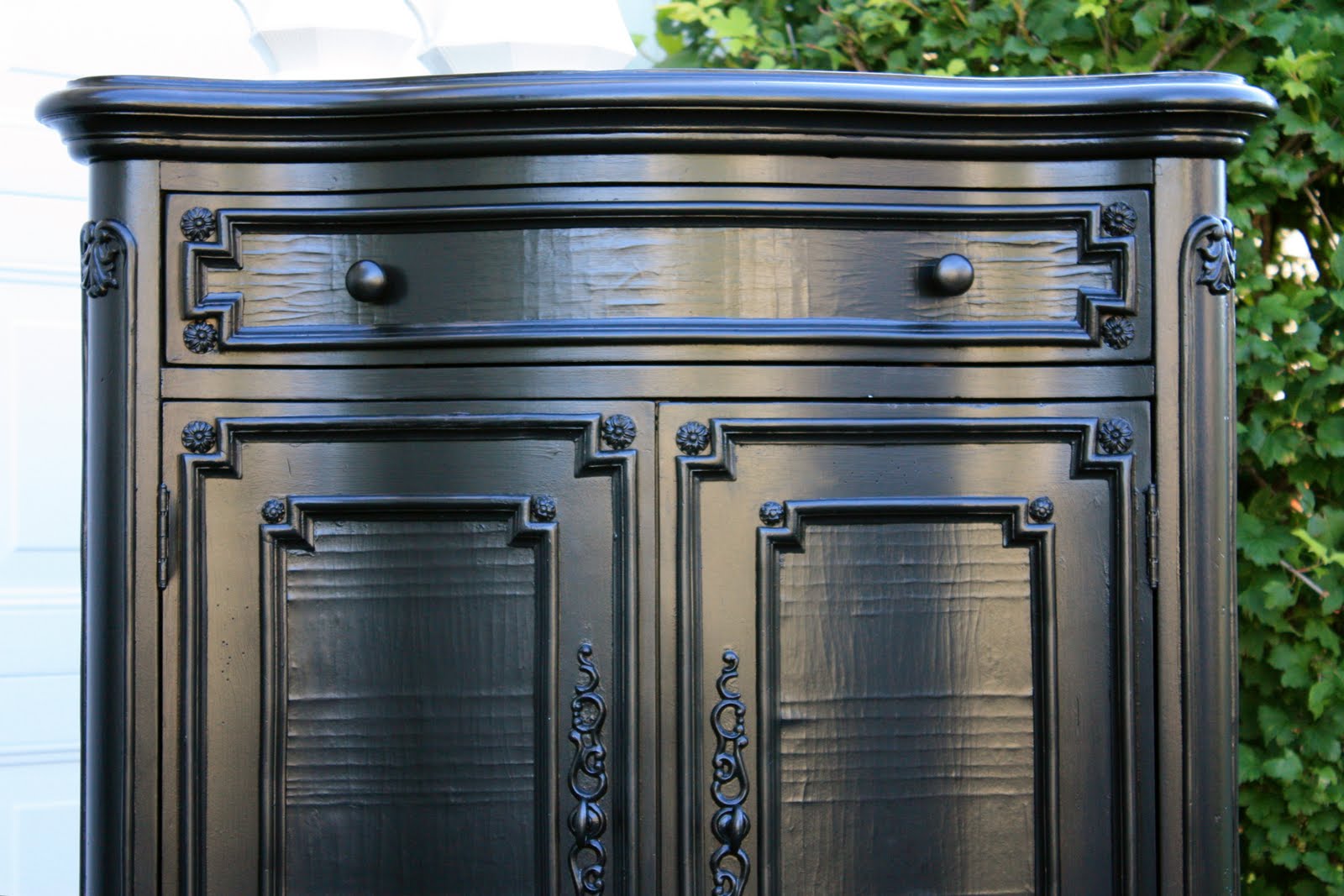
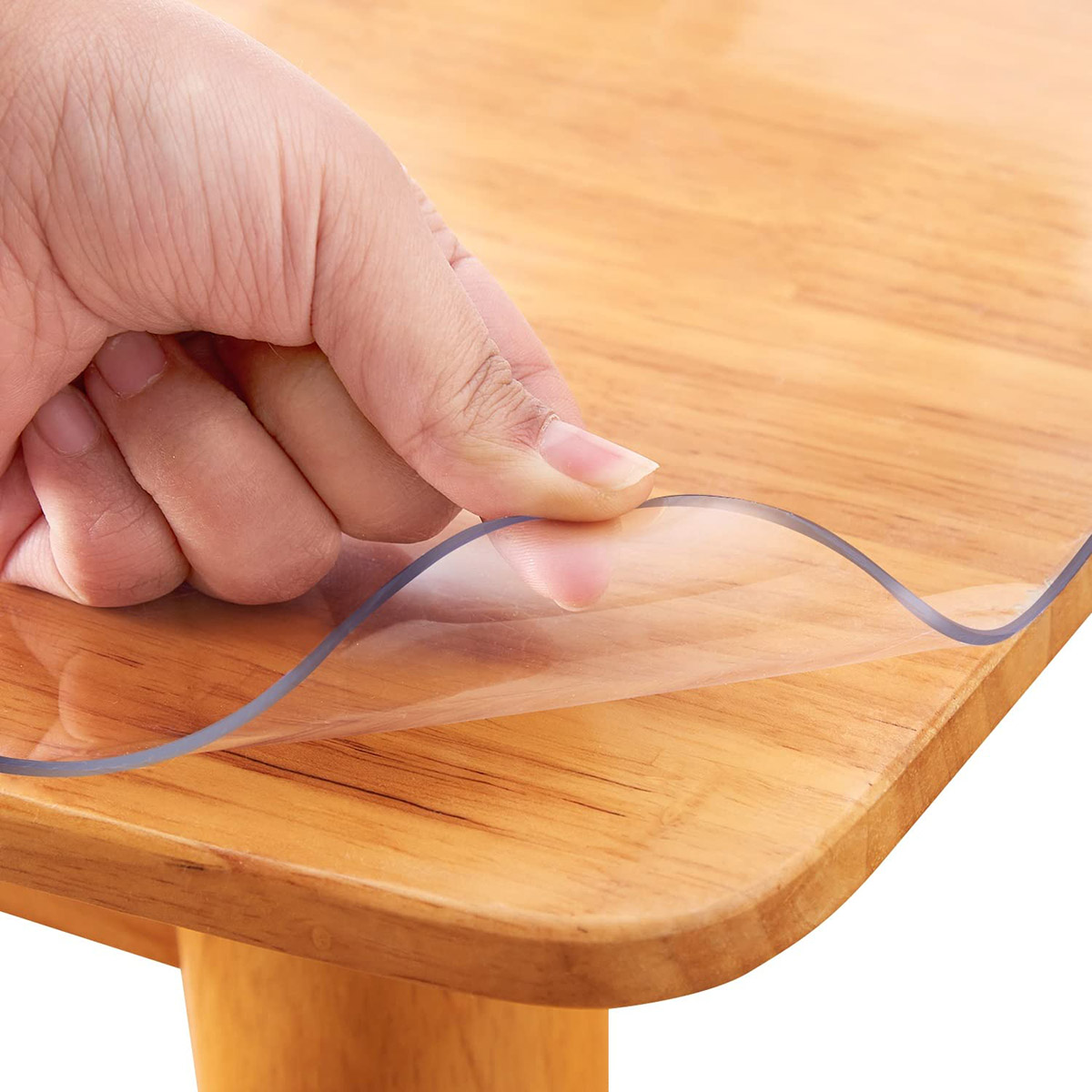
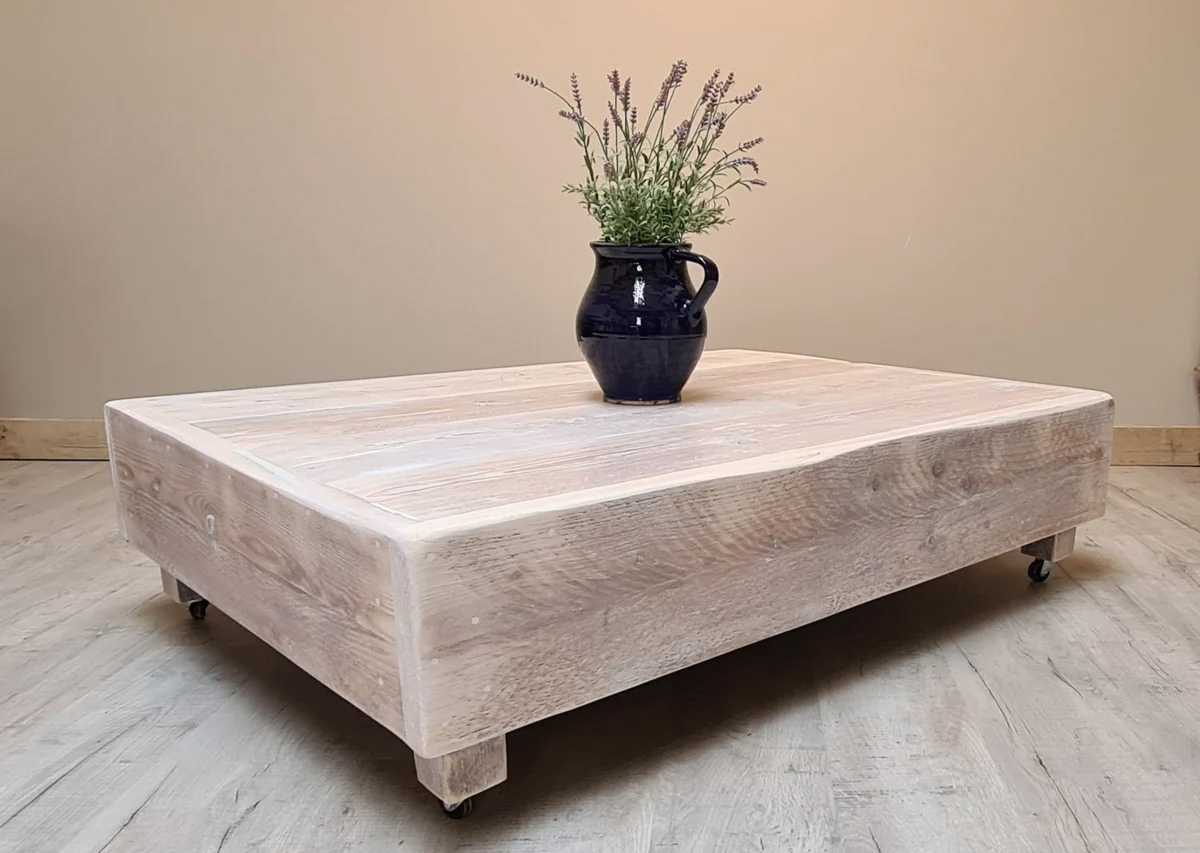
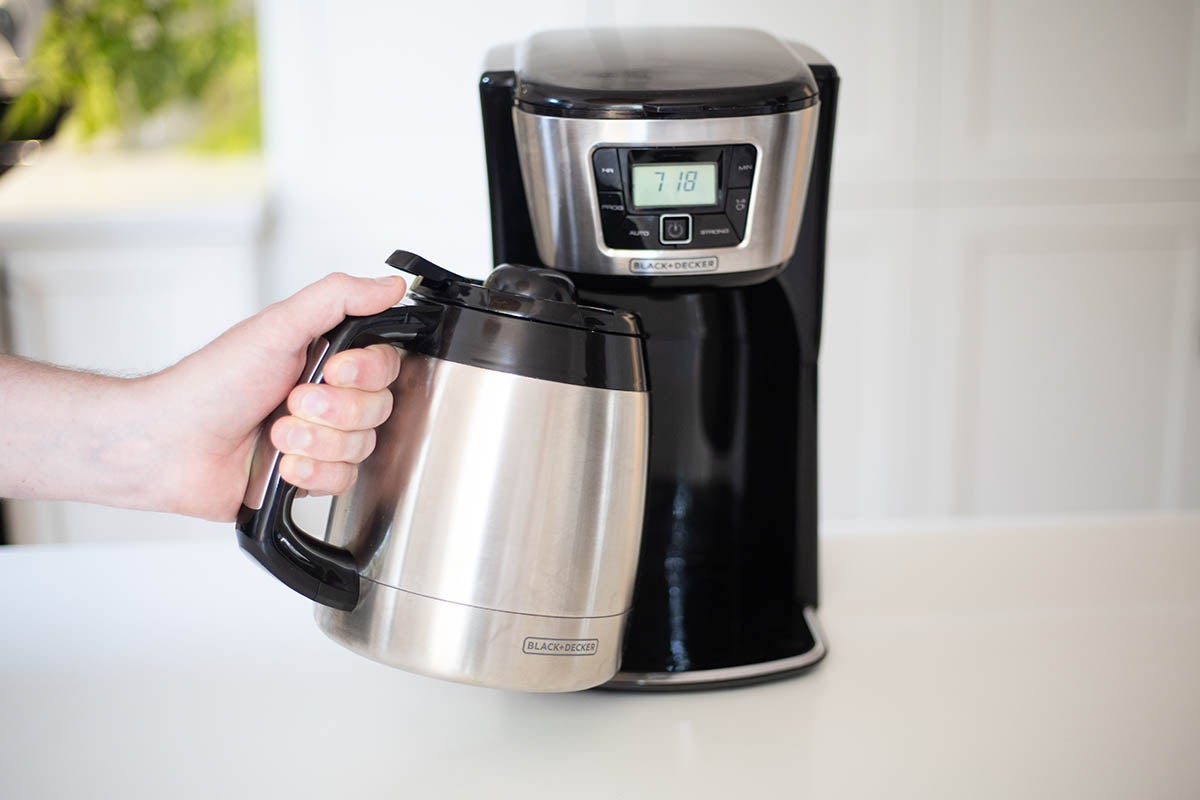
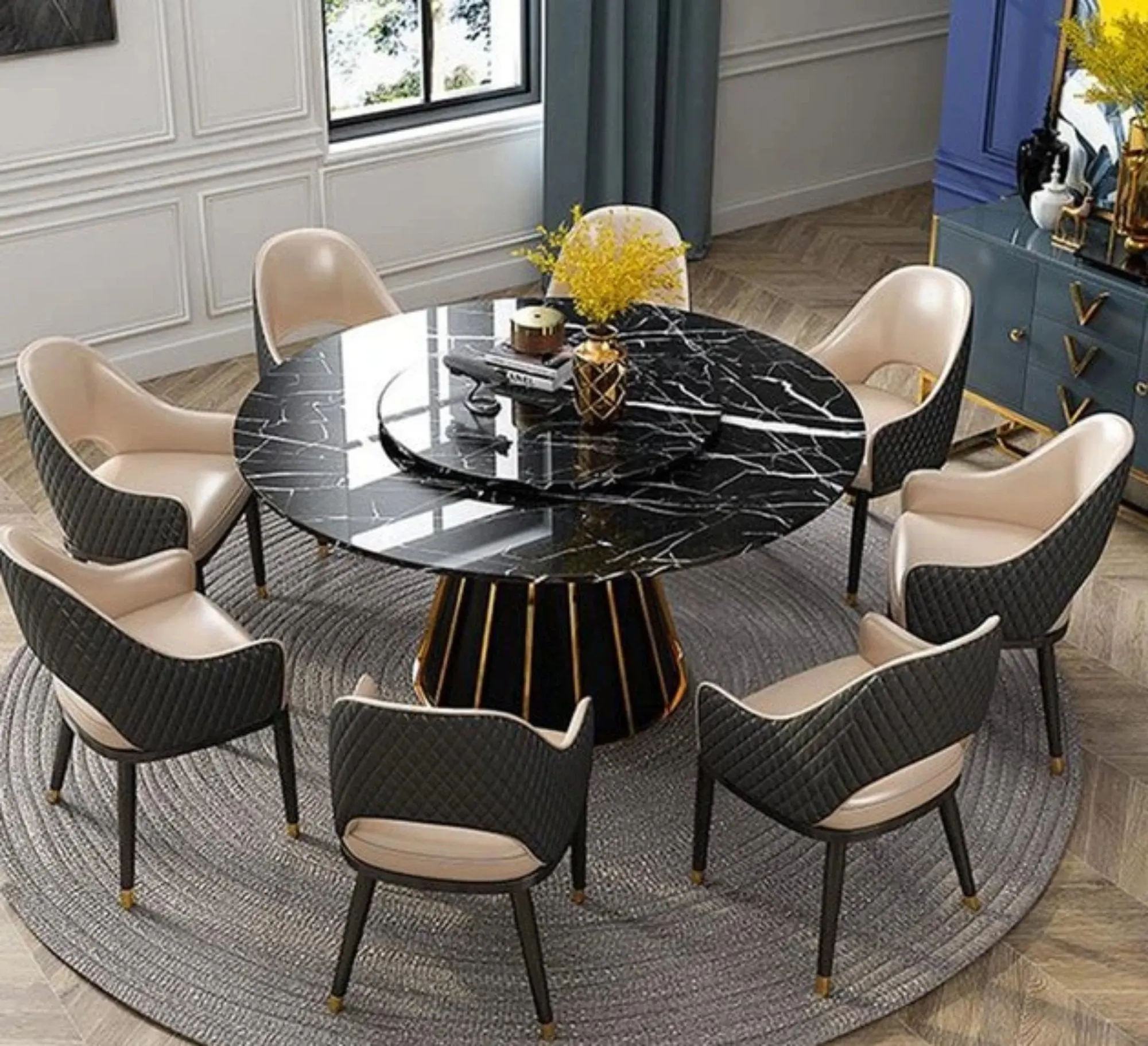
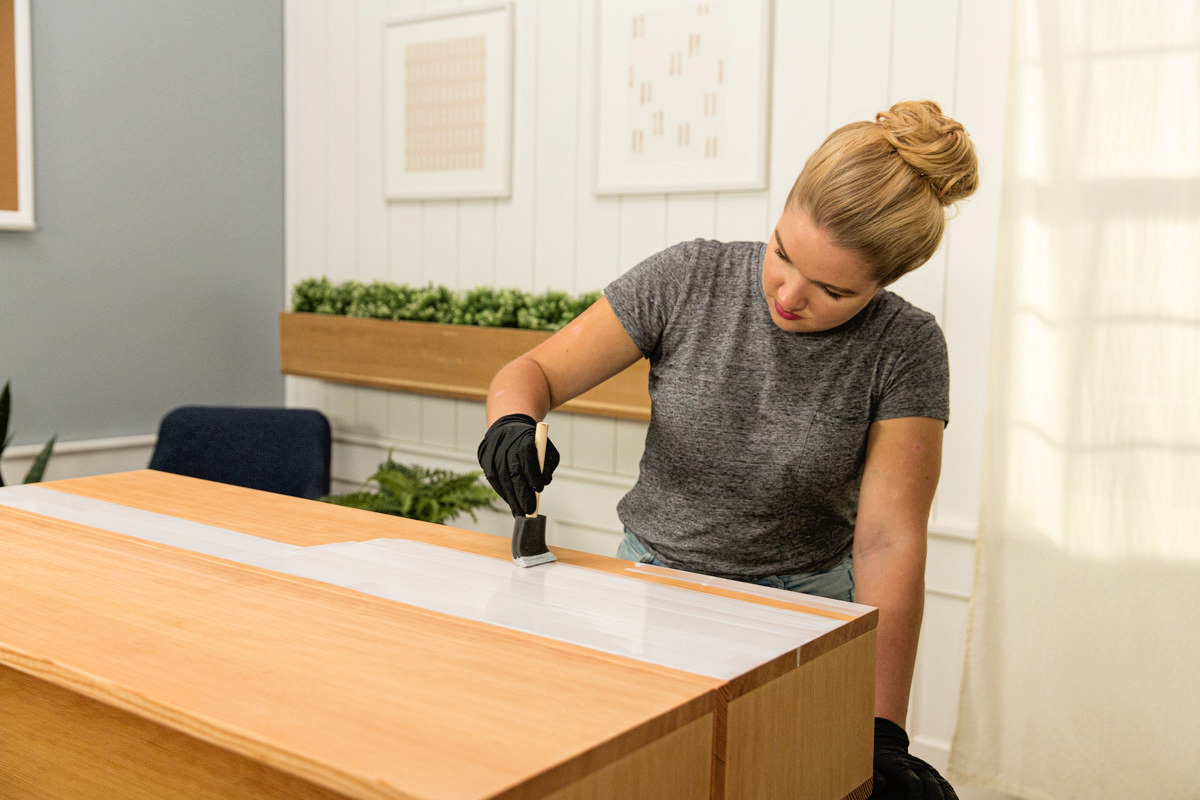
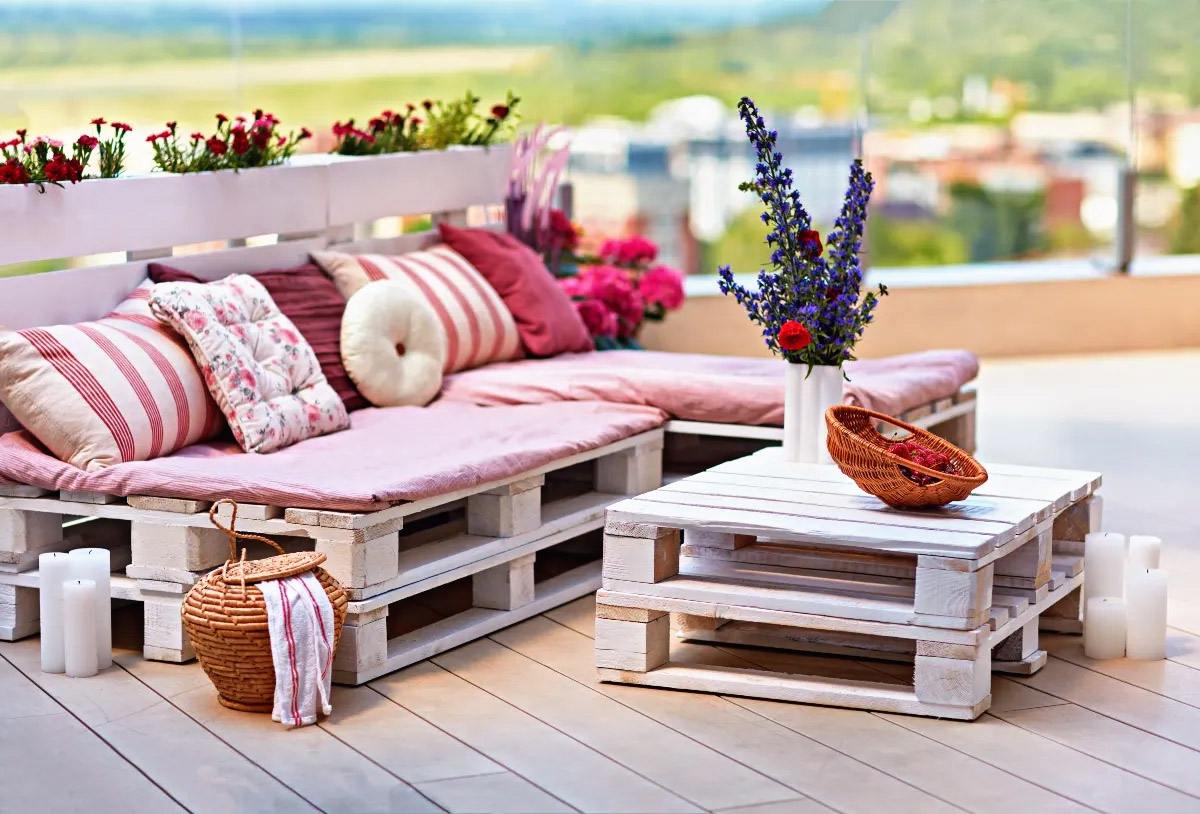

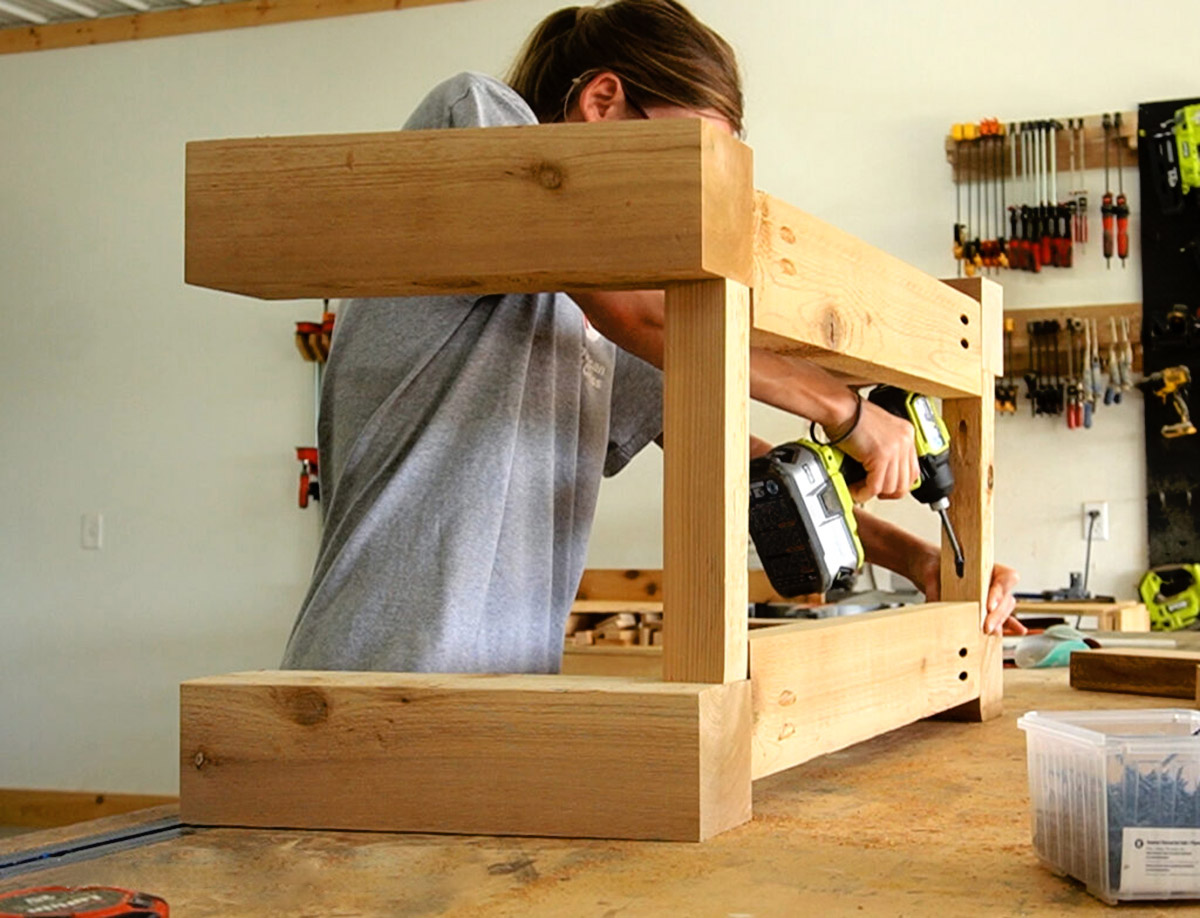
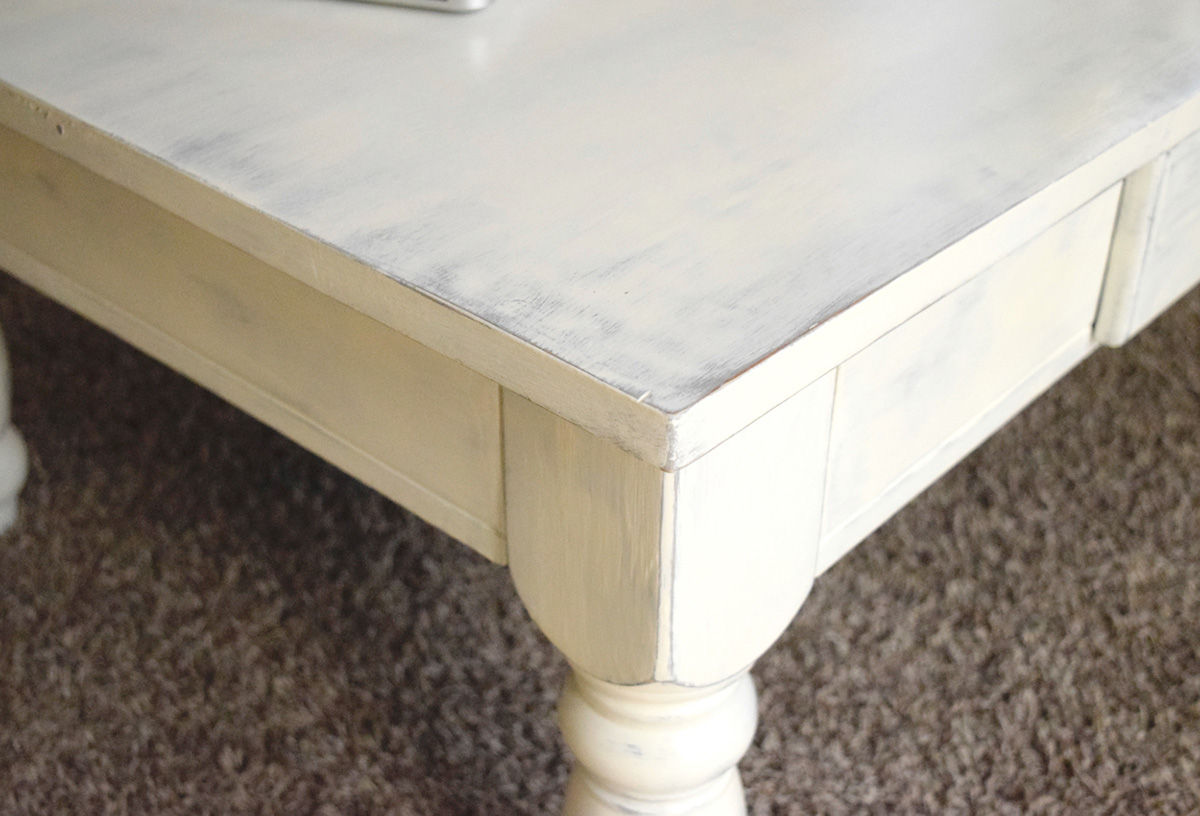

0 thoughts on “How To Paint A Coffee Table Black”